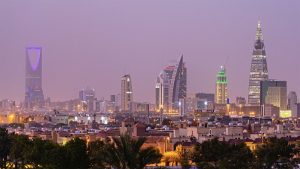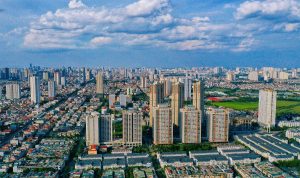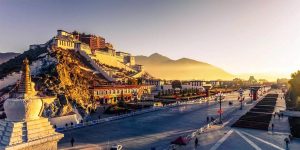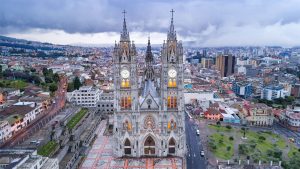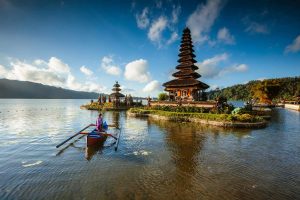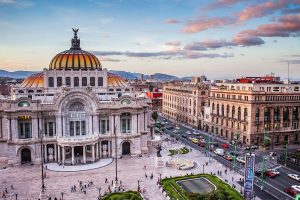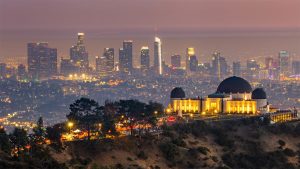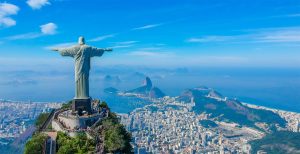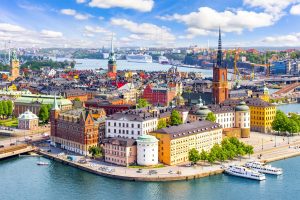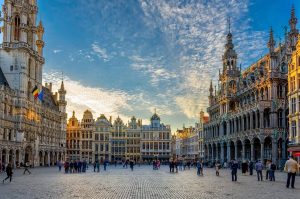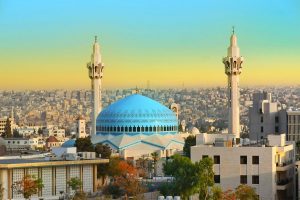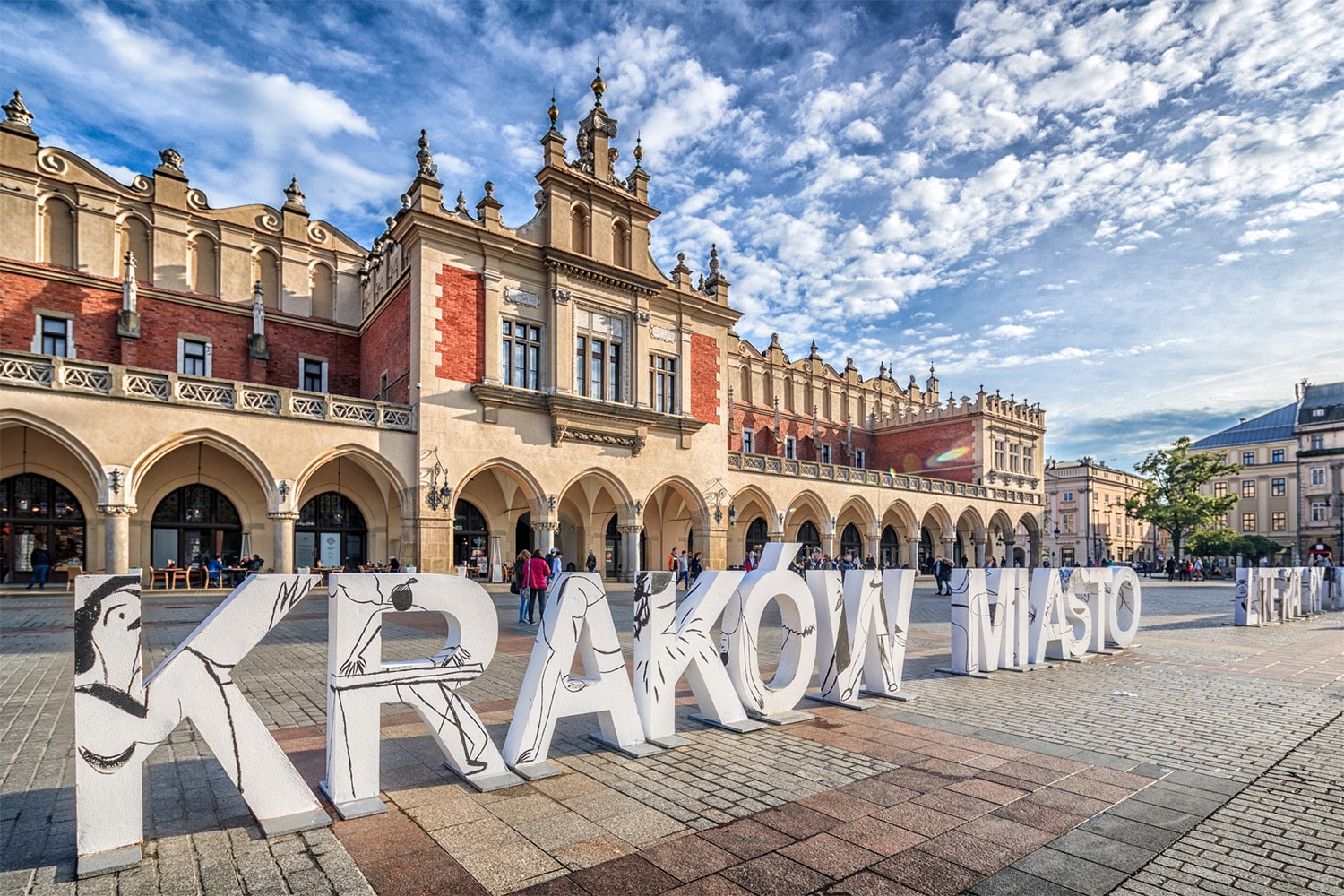
35 interesting facts about Krakow
- 👁️ 417
Krakow, one of Poland’s oldest and most beautiful cities, is steeped in history and culture. As the former capital of Poland, it has witnessed many of the pivotal events that have shaped the nation. Today, it is a vibrant center for Polish culture, arts, and education, attracting millions of tourists from around the globe. From the stunning architecture of the Wawel Castle to the haunting history of the nearby Auschwitz-Birkenau Memorial and Museum, Krakow offers a rich tapestry of experiences. Let’s delve into some interesting and informative facts about Krakow that highlight its historical significance, cultural heritage, and enduring charm.
- Krakow was the capital of Poland from 1038 until the late 16th century when the capital was moved to Warsaw.
- The city is located on the Vistula River, the longest river in Poland.
- Krakow’s Old Town, with its medieval layout, was declared a UNESCO World Heritage Site in 1978.
- The Main Market Square (Rynek Główny) in Krakow is one of the largest medieval town squares in Europe, measuring 200 meters on each side.
- The Jagiellonian University in Krakow, founded in 1364 by King Casimir III the Great, is the second oldest university in Central Europe.
- Wawel Castle, located on a hill south of the Old Town, has been the residence of Polish kings for centuries.
- The St. Mary’s Basilica, famous for its wooden altarpiece carved by Veit Stoss, has a trumpet call, known as the Hejnał mariacki, played every hour from the highest tower.
- Krakow was relatively unscathed during World War II, preserving much of its historical architecture.
- The Kazimierz district was historically the center of Jewish life in Krakow for over 500 years.
- Oskar Schindler’s Enamel Factory, which saved over 1,200 people during the Holocaust, is now a museum dedicated to Schindler’s efforts and the history of World War II in Krakow.
- The Wieliczka Salt Mine, located in the nearby town of Wieliczka, has been producing table salt since the 13th century and is also a UNESCO World Heritage Site.
- Legend has it that the city was founded on the defeat of a dragon, and a statue of the Wawel Dragon stands at the foot of Wawel Hill.
- Krakow hosts the annual Krakow Film Festival, one of the oldest film festivals dedicated to documentary, animated, and short feature films in Europe.
- The city’s Cloth Hall (Sukiennice), located in the Main Market Square, has been a center for trade for hundreds of years and now houses a gallery of 19th-century Polish art.
- The Planty Park, a green belt that surrounds the Old Town, was established in the 19th century on the site of the city’s medieval walls.
- Krakow was home to Pope John Paul II, who served as the Archbishop of Krakow before his papacy.
- The city avoided the large-scale modernist reconstructions that transformed many other Polish cities after World War II.
- Krakow’s Rynek Underground Museum offers a subterranean journey through the city’s medieval history.
- The city has a dragon parade, where large dragon sculptures are paraded, and a dragon fire-breathing show takes place at the Wawel Castle every year.
- The Collegium Maius, part of the Jagiellonian University, is the oldest surviving university building in Poland.
- Krakow’s Christmas market is one of the most famous in Poland, attracting visitors from across the globe.
- The National Museum in Krakow houses Leonardo da Vinci’s painting “Lady with an Ermine.”
- The Barbican, a fortified outpost once connected to the city walls, is one of the few remaining structures of its kind in Europe.
- Krakow was declared European Capital of Culture in the year 2000.
- The city has over 28 museums covering a wide range of subjects from history and art to aviation and Japanese culture.
- Krakow’s nickname, “City of Churches,” stems from its numerous historic churches and religious buildings.
- The city is a major center for Polish academic, cultural, and artistic life, with numerous theaters, galleries, and film studios.
- Krakow’s John Paul II International Airport is the second busiest airport in Poland.
- The city played a significant role in the Polish underground resistance movement during World War II.
- Krakow is known for its traditional Polish cuisine, with numerous restaurants offering local dishes like pierogi and bigos.
- The city hosts the annual Pierogi Festival, celebrating Poland’s famous dumplings with a variety of fillings.
- Every June, Krakow celebrates the Wianki Festival, a traditional midsummer event that includes wreath-floating on the Vistula River and concerts.
- The Philharmonic of Krakow is renowned for its classical music performances.
- The Krakow Ghetto, established during World War II, was one of five major, enforced Jewish ghettos created by the Nazis in the General Government territory.
- Copernicus, the famous astronomer, was a student at the Krakow Academy, now known as the Jagiellonian University.
Krakow, with its rich history and vibrant cultural scene, remains one of the most fascinating cities in Europe. From its ancient roots and architectural marvels to its contributions to science and the arts, Krakow is a treasure trove of knowledge and beauty. Its enduring legacy as a center of learning, culture, and religious tolerance continues to inspire visitors and residents alike. As we explore the depth and diversity of Krakow’s heritage, we gain a greater appreciation for its place in the tapestry of world history.
